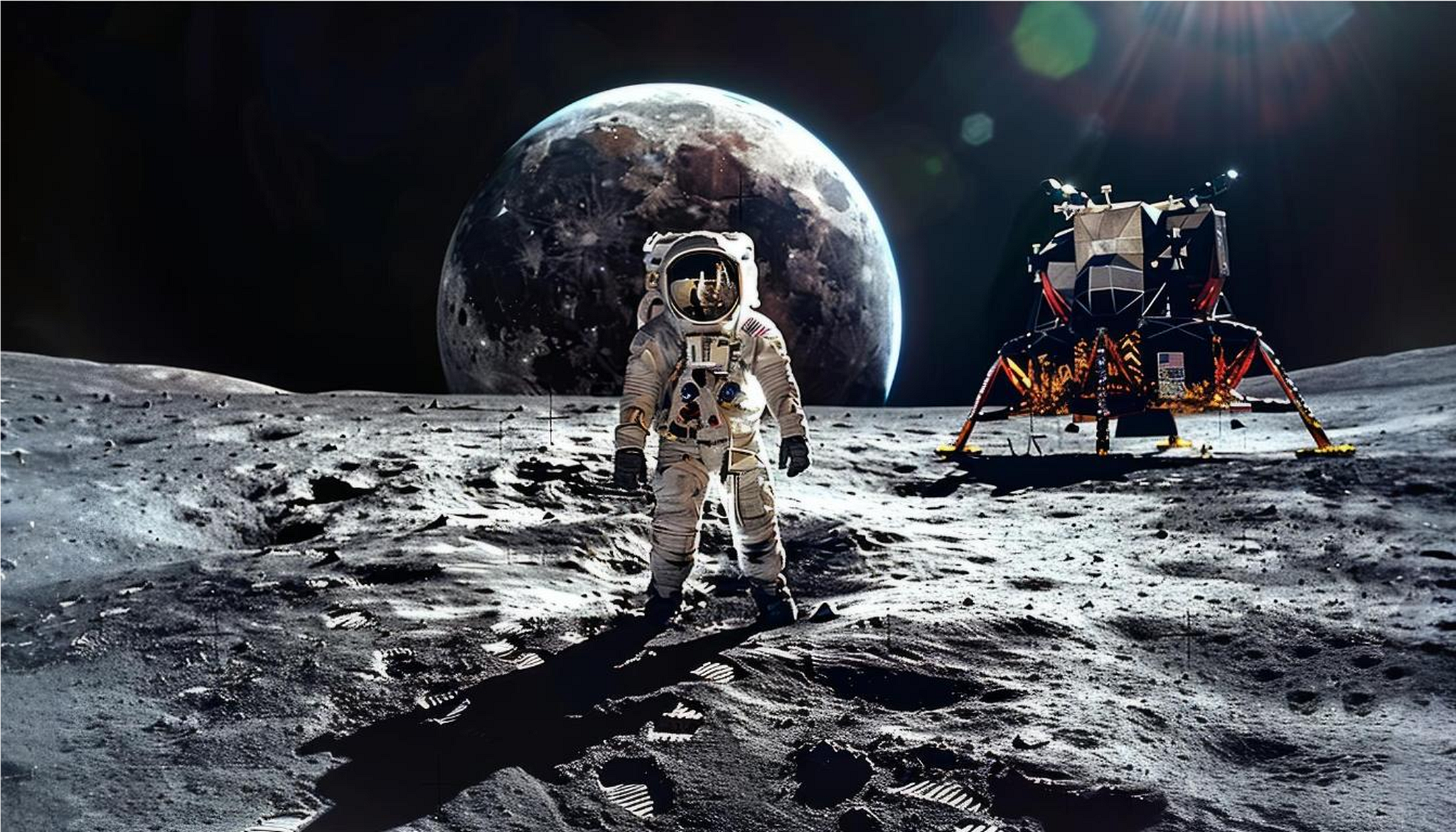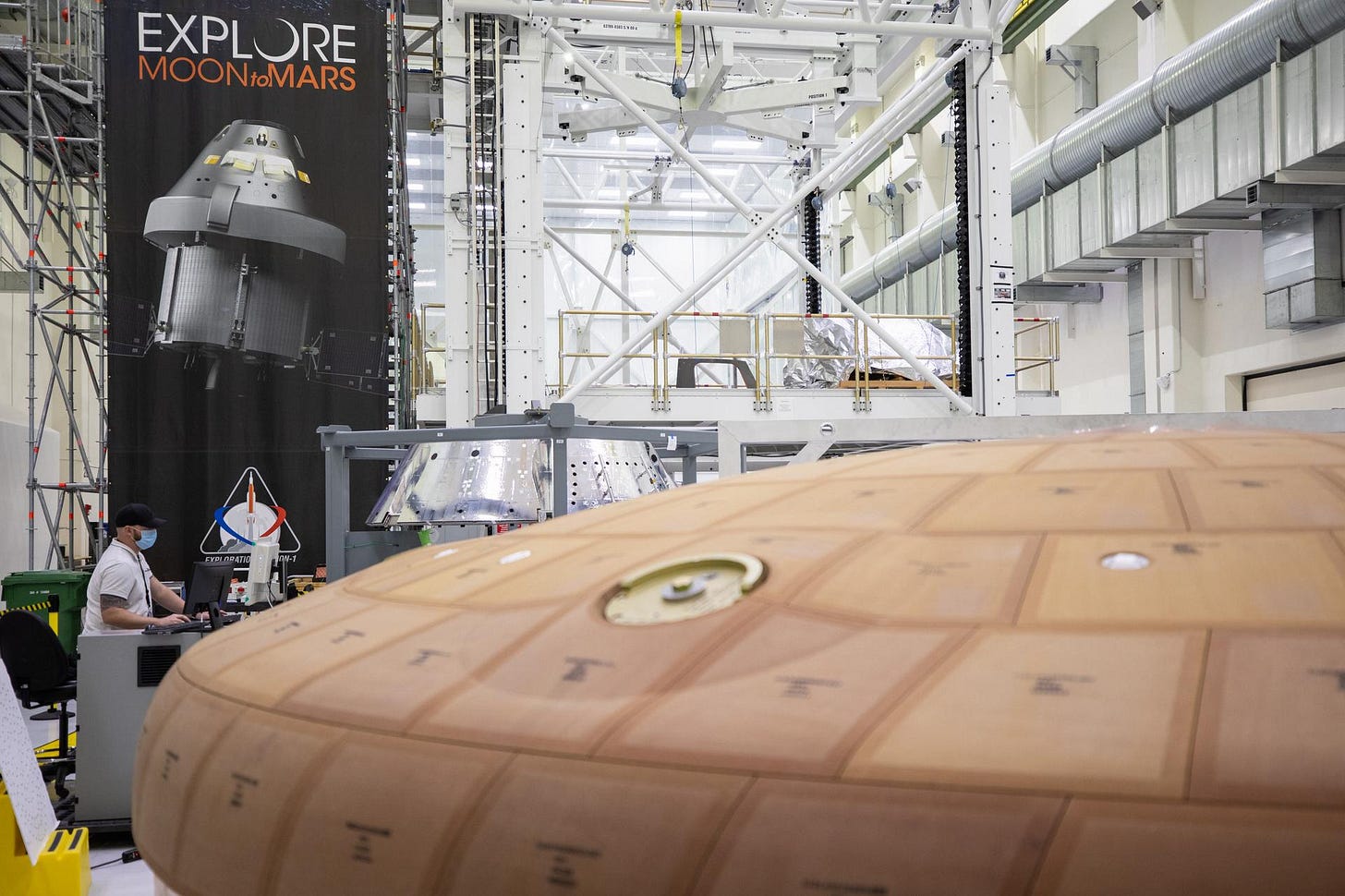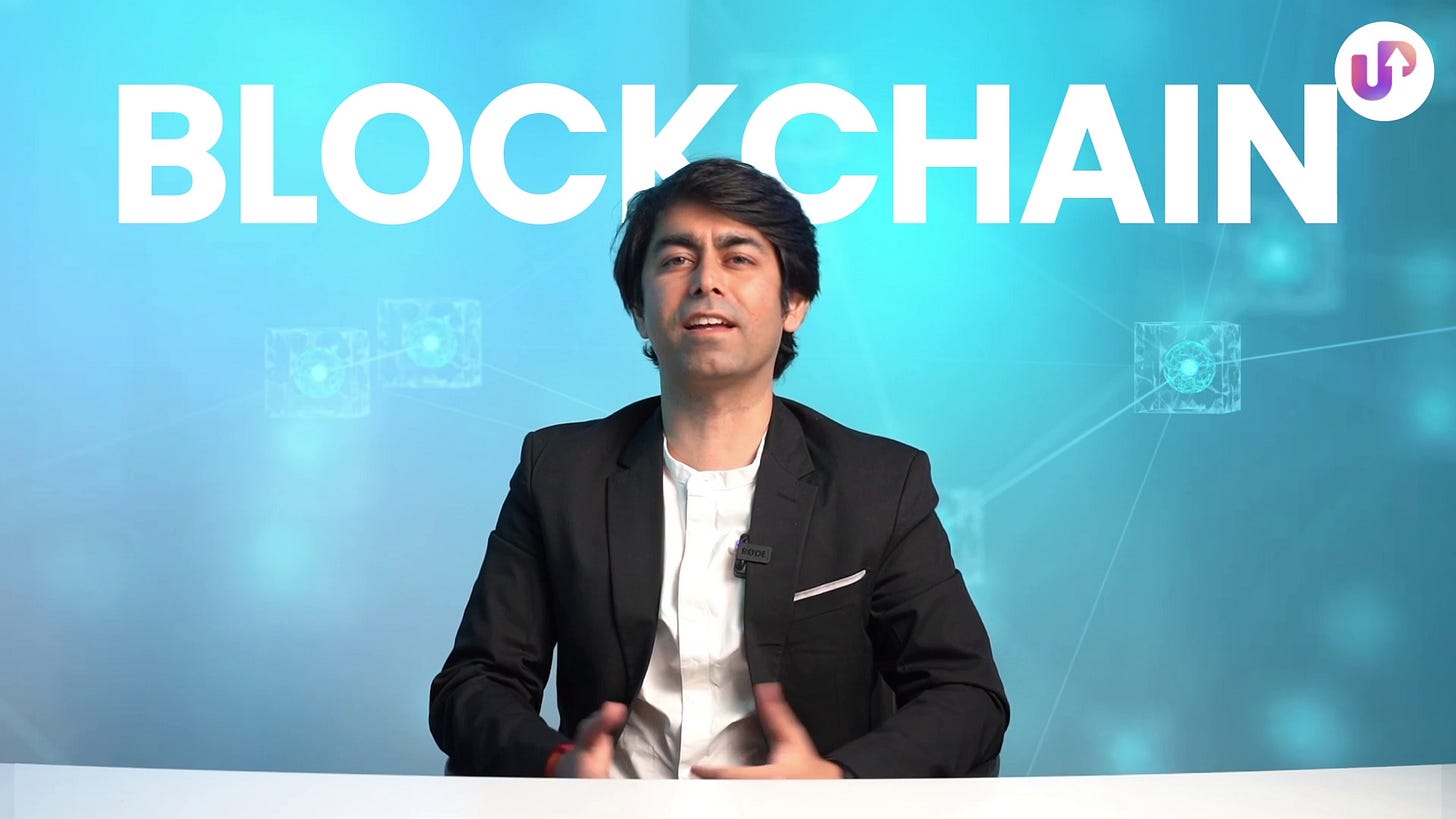Artemis II: NASA's Bold Step Back to the Moon and the Challenges Ahead
NASA's Artemis II mission aims to send astronauts around the moon in 2025. But why has it taken over 50 years to return to deep space?
This edition explores NASA's Artemis II mission, the hurdles faced, and why getting back to the moon has become even more complex in the modern era. Here's your 5-minute breakdown.
1. The Artemis II Mission: Revisiting Apollo's Legacy
Scheduled for Fall 2025: Artemis II aims to send four astronauts on a 10-day mission around the moon, mirroring the Apollo 8 flight of 1968. It will test the Space Launch System (SLS) rocket and the Orion space capsule.
Objective: The mission is crucial for testing human spaceflight systems before a lunar landing in future missions, and eventually aiming for Mars.
💡 Takeaway: Artemis II isn’t just about revisiting the past but setting the stage for deeper space exploration with updated technology and international collaboration.
2. Why Is It So Challenging?
Long Delays and Budget Overruns: Artemis has faced delays and significant cost increases. The program’s budget has surged to $93 billion by 2025, far exceeding initial estimates.
Technical Issues: Artemis I revealed critical issues in the Orion capsule, such as unexpected erosion of heat shields and anomalies in the power systems that could endanger future crews.
💡 Takeaway: Despite decades of experience, modern lunar missions face complex technological and budgetary hurdles that didn’t exist during the Apollo era.
3. A New Global Approach
International Collaboration: Unlike the Apollo program, Artemis involves partners like Japan, Canada, the UAE, and the European Space Agency. This collaborative effort aims to shape international space norms and foster global cooperation.
Evolving Space Policy: Today’s missions focus less on a “space race” and more on sustainable, long-term goals, like establishing lunar bases and preparing for Mars exploration.
💡 Takeaway: The Artemis program reflects a shift from competition to cooperation, aiming to build a global presence in space rather than achieving singular national victories.
4. The Technical and Safety Hurdles
Retrofitting Old Technology: Artemis incorporates tech from previous programs, such as the Space Shuttle and Constellation, but modernizing these systems has proven costly and challenging.
Safety Concerns: The NASA inspector general highlighted risks, including engine vulnerabilities and insufficient insulation for extreme conditions. Ensuring crew safety remains a top priority in the mission’s development.
💡 Takeaway: Modern advancements in technology come with higher expectations for safety, making today’s missions slower but more secure compared to the Apollo era.
Master On-Chain Analysis
Gain deeper insights into blockchain networks with my On-Chain Analysis Course.
What You’ll Learn:
Analyze Bitcoin’s network and spot trends.
Interpret data for market sentiment.
Understand crypto valuations with on-chain metrics.
Clear, actionable modules to help you stay ahead in the crypto space.
5. Public Sentiment and the Changing Stakes
Lack of Urgency: Unlike the Cold War-era Apollo program, today’s missions don’t carry the same political weight. The focus is on long-term exploration rather than immediate competition.
Evolving Attitudes Toward Risk: Society’s expectations for astronaut safety have evolved. With higher standards and more public input, missions now take longer but aim for safer outcomes.
💡 Takeaway: NASA’s approach reflects a balance between ambition and caution, ensuring public support and international cooperation.
Final Thoughts
The Artemis II mission represents a significant step forward in NASA's lunar ambitions, despite the challenges and delays. It’s a complex, multi-national effort that builds on decades of experience while adapting to new realities. As we venture further into space, the journey remains as difficult as ever but that’s precisely why it’s worth pursuing.
Stay ahead, stay curious.
– Shiv Mehta






